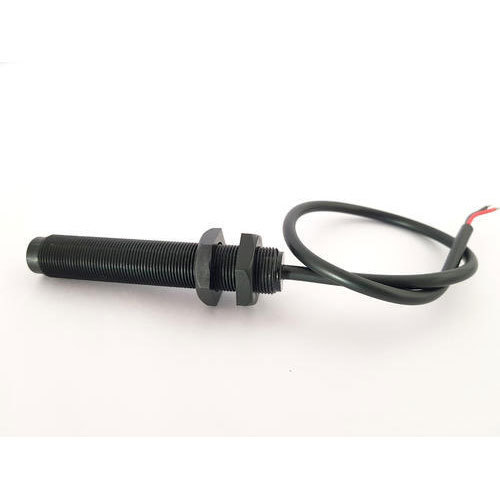FLOOR SENSOR
How does a reed switch work?
The switching mechanism is comprised of two ferromagnetic blades, separated by only a few microns. When a magnet approaches these blades, the two blades pull toward one another. Once touching, the blades close the normally open (NO) contacts, allowing electricity to flow. Some reed switches also contain a non-ferromagnetic contact, which forms a normally closed (NC) output. An approaching magnet will disconnect the contact and pull away from the switching contact.
Contacts are constructed from a variety of metals, including tungsten and rhodium. Some varieties even use mercury, which must be kept in the proper orientation to switch correctly. A glass envelope filled with inert gas—commonly nitrogen— seals the contacts at an internal pressure under one atmosphere. Sealing isolates the contacts, which prevents corrosion and any sparks that might result from contact movement.
Lorem ipsum dolor sit amet, consectetur adipiscing elit, sed do eiusmod tempor incididunt ut labore et dolore magna aliqua. Ut enim ad minim veniam, quis nostrud exercitation ullamco laboris nisi ut aliquip ex ea commodo consequat. Duis aute irure dolor in reprehenderit in voluptate velit esse cillum dolore eu fugiat nulla pariatur.

